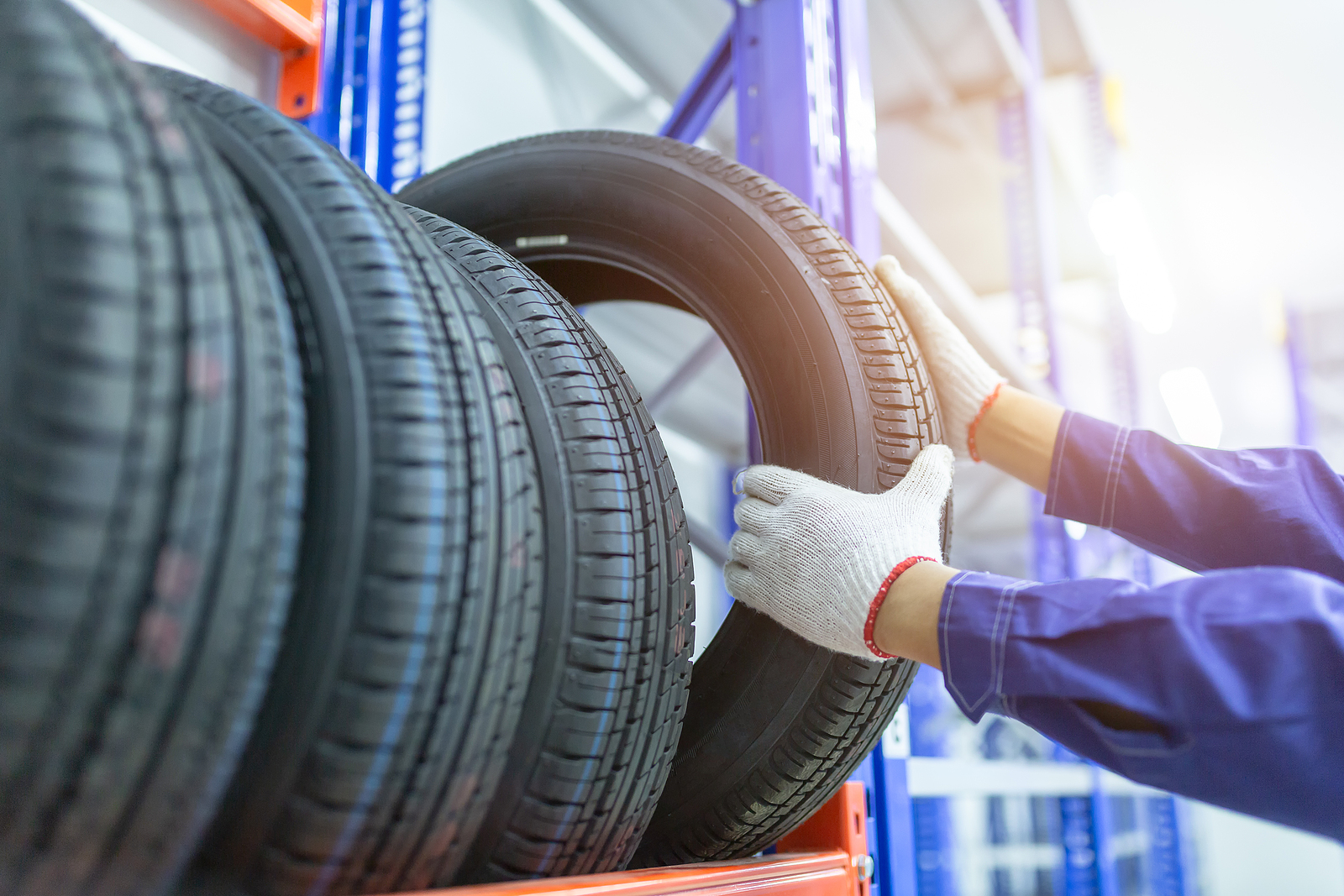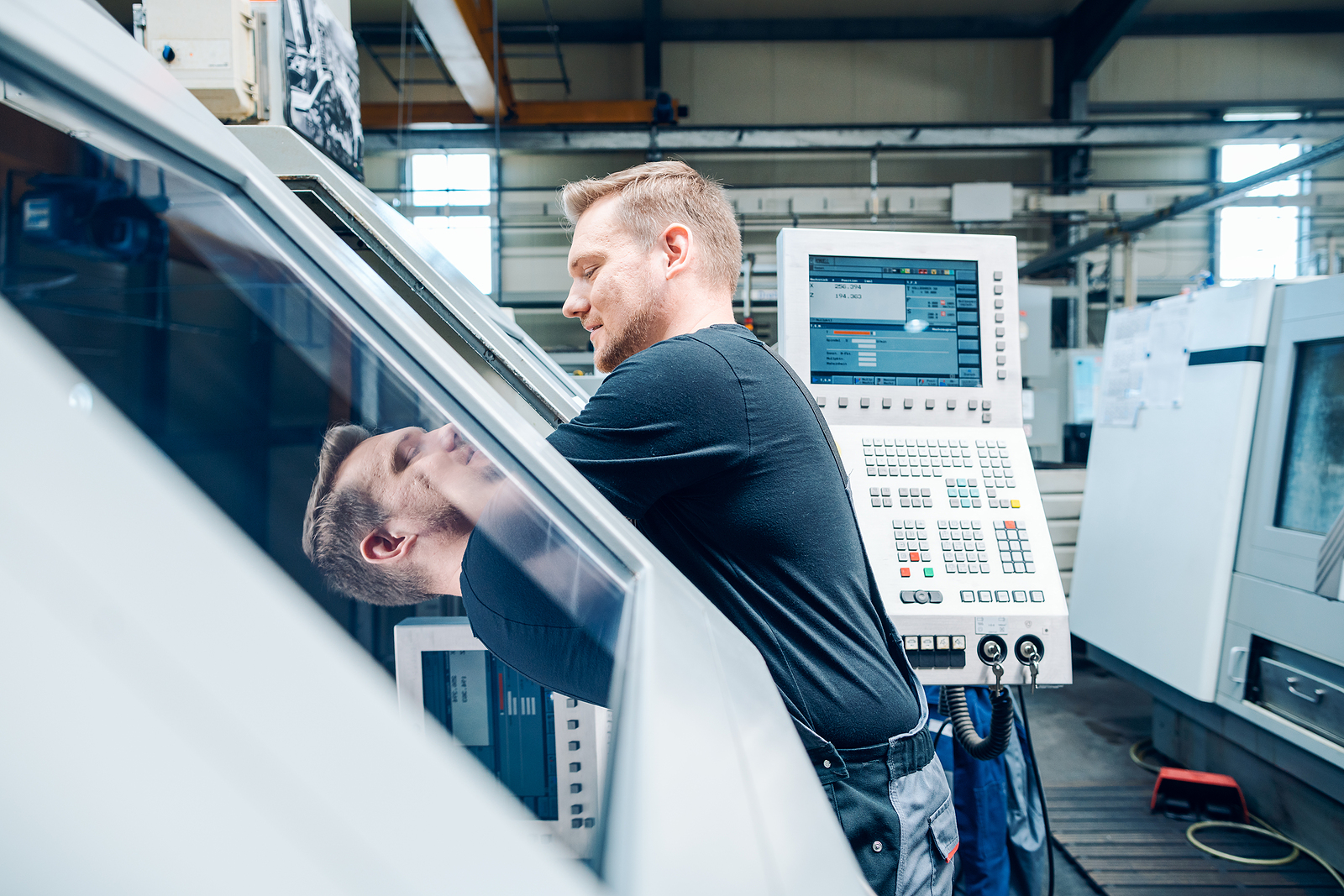From commuter sedans to long-haul trucks, tires are essential to everyday life. At FlexTrades, our skilled technicians travel across the country to support U.S. manufacturers — and many of them drive thousands of miles to reach their assignments. So when it comes to the reliability of tires, we don’t take it lightly.
In fact, we support several leading tire manufacturing clients nationwide, providing the talent that helps keep production lines rolling. That’s why, in this edition of How It’s Made, we’re exploring the process behind the rubber that meets the road.
Tire Materials
Tire manufacturing starts with a mix of natural and synthetic materials, blended for strength, flexibility, and durability.
- Natural Rubber
- Synthetic Rubber / Polymers
- Steel Wire: Used in belts, beads, and truck tire plies
- Textile Cords: Provide structural support within plies
- Fillers: Carbon black and silica, used to reinforce rubber during the Banbury mixing process
- Antioxidants & Antiozonants: Protect the rubber from heat, oxygen, and ozone damage
- Curing Additives: Sulfur and zinc oxide, key ingredients during vulcanization
Rubber Manufacturing Process
There are three key operations used to prepare rubber for tire building:
- Banbury Mixing: Raw and synthetic rubbers are mixed with fillers under heat and pressure to form solid, workable rubber
- Extruding: Shapes the rubber into usable forms
- Calendering: Layers rubber with fabric or steel to create belts, plies, and edge covers
Once processed, the material is cut, sheared, spliced, or shaped to exact specifications — ready for tire construction.
Tire Components
Every tire is made of multiple layers, each with a specific purpose:
- Innerliner: Keeps air sealed inside the tire
- Plies: Provide strength and hold air pressure
- Bead: Ensures an airtight seal with the wheel
- Sidewall: Protects the structure from road and curb damage
- Belts: Add strength to the tread and improve performance
- Tread: Provides grip, traction, and durability
How Tires Are Made
The tire-building process happens in two stages on highly specialized machinery, such as:
- Tire Building Machine (TBM)
- Tire Assembly Machine (TAM)
- Tire Forming Machine (TFM)
- 1st and 2nd Stage Machines
These may be manually operated or fully automated depending on the facility.
Stage One: Casing Building
This step forms the base structure of the tire — also called the carcass. It includes:
- Wrapping the innerliner onto the drum
- Layering body plies over the innerliner
- Placing the beads at each side
- Inflating the drum bladder to shape the plies over the beads
- Adding and pressing sidewalls into place
Stage Two: Tread & Belts Application
The carcass moves to a second machine where steel belts and tread are added. At this point, it’s known as a green tire — shaped but not yet cured or hardened.
Curing the Tire
The green tire is placed into a curing mold, which functions like a large clamshell. A bladder inside the mold inflates with steam, pressing the rubber into the mold to form the tread pattern and sidewall lettering.
- Passenger tires cure for 10–15 minutes at 300°F
- Heavy-duty or off-road tires may cure for 24 hours
Once cured, the tire is cooled on a Post-Cure Inflator (PCI) to stabilize its shape before inspection.
Inspection & Testing
Every tire undergoes strict quality control to ensure safety and performance.
- Tire Uniformity Testing: Measures balance and roundness under simulated road conditions
- X-Ray Testing: Detects internal flaws
- Destructive Testing: Verifies structural limits under extreme stress
After passing all inspections, the tire is ready for the road.
For a closer look, watch this Tire Manufacturing Video. And if you’re curious about tire care, check out our article on safe driving and tire maintenance.
Safe travels!





